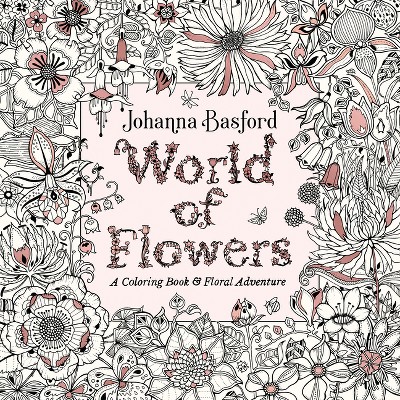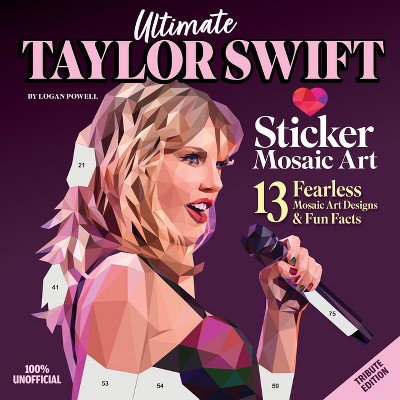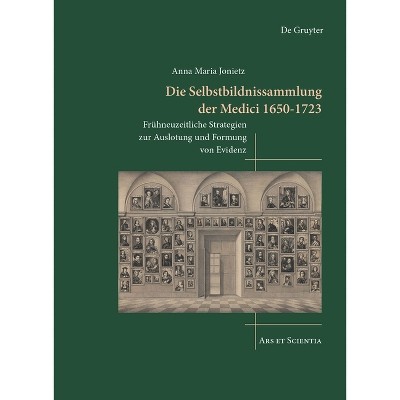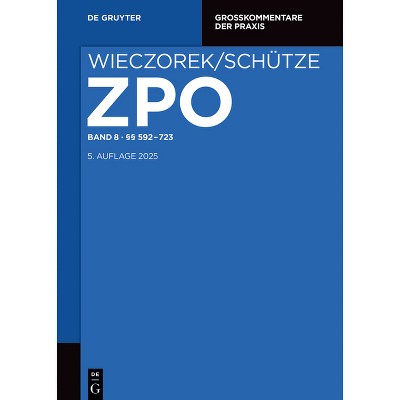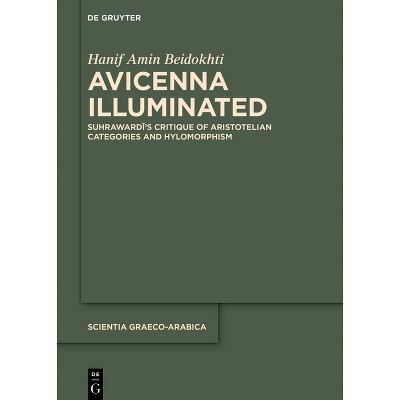Lebenszeichen - (Ars Et Scientia) by Franca Buss (Hardcover)

About this item
Highlights
- What is left when death leaves a void, and the way that we deal with the dead changes?
- About the Author: Franca Buss studied German philology, philosophy and art history at the University of Hamburg and completed a doctorate on the impact of Enlightenment debates on 18th-century tombstone art.
- 384 Pages
- Art, History
- Series Name: Ars Et Scientia
Description
Book Synopsis
What is left when death leaves a void, and the way that we deal with the dead changes? Franca Buss examines the way that Enlightenment debates affected European tombstone art in the 18th century. In an art-historical close reading, she analyzes selected funerary ensembles from Central Europe and England and places them in a broader intellectual-historical context. Four strategies are identified relating to the absence of the deceased in the context of the creation of memory, and hope of the afterlife: allegorizing, sentimentalization, poeticizing and naturalization. The modern self-narrative of repressing death is questioned and it is demonstrated how art will pursue its own logic of development defying teleological generalizations.
About the Author
Franca Buss studied German philology, philosophy and art history at the University of Hamburg and completed a doctorate on the impact of Enlightenment debates on 18th-century tombstone art. The thesis was awarded the Deubner doctoral prize. 2016-2017, Research assistant for Iris Wenderholm, later for Frank Fehrenbach. Since 2022, DFG Research Group 'Imaginarien der Kraft'. In 2020 she published together with Philipp Müller Hin- und Wegsehen. Formen und Kräfte von Gewaltbildern. Her research focuses on tombstone monuments of the early modern period, the history of ideas, and the intellectual history of the 18th century, as well as forms and forces behind images of violence. In her new research project, she is focussing on the dynamic qualities of landscape in early modern painting.
